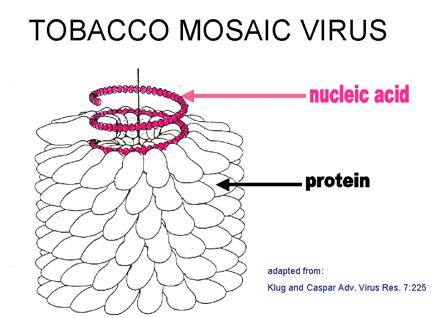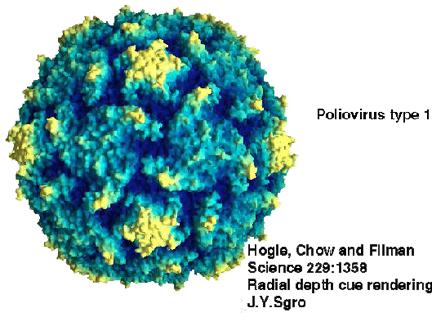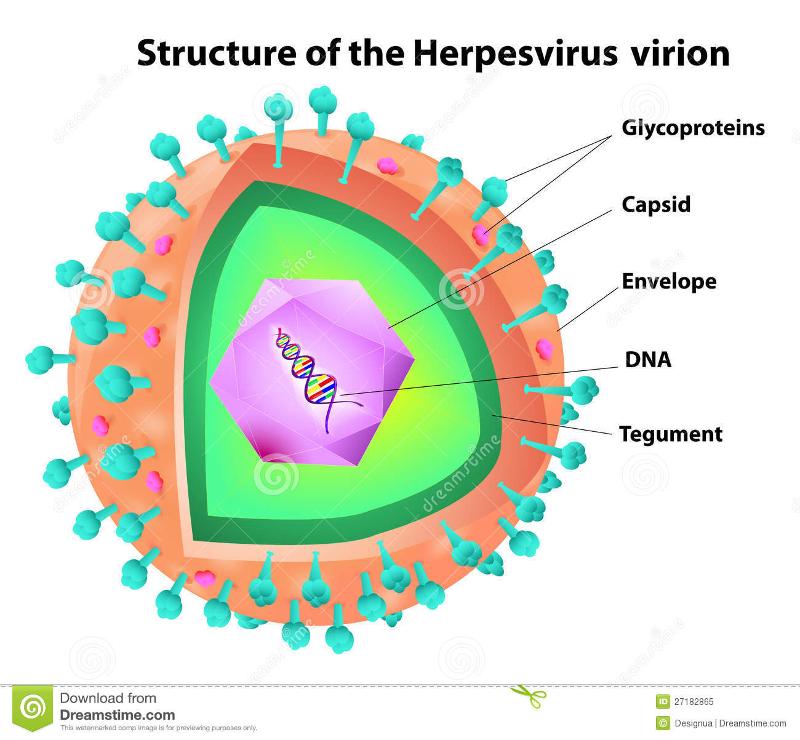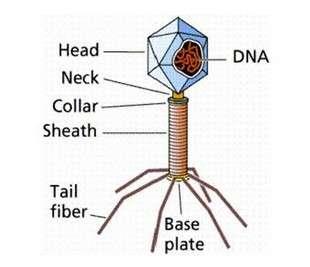Capsid
Protein coat
Envelope
Cover capsids and composed of combo of lipids, proteins, and carbs
Glycoprotein spikes
Covers envelope and can be used to adhere to RBCs
Lytic cycle
One of two methods of viral reproduction. The lytic cycle results in the destruction of the infected cell and its membrane
Lysogenic cycle
One of two methods of viral reproduction. Lysogenic cycle is characterized by integration of the bacteriophage nucleic acid into the host bacterium's genome or formation of a circular replicon in the bacterium's cytoplasm
Bacteriophage
Virus that infects bacteria
Oncogene
A gene that has the potential to cause cancer
Latent viral infections
Virus remains latent in nerve cells of host for long periods without causing disease
Persistent viral infections
A disease process that occurs gradually over a long period
Retrovirus
Retroviridae is a family of enveloped viruses that replicate in a host cell through the process of reverse transcription
Prions
A microscopic protein particle similar to a virus but lacking nucleic acid
Cytopathic effects
Cell infection by a virus causes observable death or damage which can be used for counting or detecting viruses
Proto-oncogenes
A normal gene that can undergo mutation to become an oncogene, a gene that has the ability to induce cancer
Positive sense
A positive (+) strand of RNA is one that can act directly as messenger RNA
Negative sense
Serve as template for positive strands
Teratogenic agent
Drug, virus, or irradiation that can cause malformation of the fetus
Helical viruses

Resemble long rods, their capsids a hollow cylinder with a helical structure
Polyhedral viruses

Usually have a capsid in the shape of an icosahedron(20 regular shape triangular faces)
Enveloped viruses

Envelope covering their capsid. Vary in shape
Complex viruses

Ex-Poxviruses. Don't contain identifiable capsids. May have several coats around nucleic acid or have polyhedral head and helical tail
3 Methods for identifying viruses
Nucleic acid, morphology, presence/abscence of envelope
Viral identification
The most common method is serological. Virus is detected by its reaction to antibodies
Two different ways to cultivate viruses
Living animals and cell cultures
Adenoviridae
Mastadenovirus, cause common colds, some cause tumors in animals
Parvoviridae
Human parvovirus B19, fifth disease
Poxviridae
Orthopoxvirus, smallpox, and cowpox
Herpesviridae
HHV1 & HHV2, chickenpox and shingles
Hepadnaviridae
Hepadnavirus, Hepatitis B, uses reverse transcriptase to produce its DNA from mRNA
Picornaviridae
Polio, Rhinovirus, more than 100 rhinoviruses exist and are most common cause of colds
Togaviridae
Rubivirus, rubella, transmitted by respiratory route
Filoviridae
Filovirus, Ebola and Marburg are filoviruses
Paramyxoviridae
Paramyxovirus, causes mumps
Bunyaviridae
Hantavirus, associated with rodents
Retroviridae
Lentivirus, HIV is lentivirus that causes AIDS
Live vaccines
Live, attenuated vaccines contain a version of the living microbe that has been weakened in the lab so it can’t cause disease. Because a live, attenuated vaccine is the closest thing to a natural infection, these vaccines are good “teachers” of the immune system: They elicit strong cellular and antibody responses and often confer lifelong immunity with only one or two doses.
INACTIVATED VACCINES
Scientists produce inactivated vaccines by killing the disease-causing microbe with chemicals, heat, or radiation. Such vaccines are more stable and safer than live vaccines: The dead microbes can’t mutate back to their disease-causing state. Inactivated vaccines usually don’t require refrigeration, and they can be easily stored and transported in a freeze-dried form, which makes them accessible to people in developing countries.
Most inactivated vaccines, however, stimulate a weaker immune system response than do live vaccines. So it would likely take several additional doses, or booster shots, to maintain a person’s immunity. This could be a drawback in areas where people don’t have regular access to health care and can’t get booster shots on time.
Naturally acquired active immunity
occurs when a person is exposed to a live pathogen, and develops a primary immune response, which leads to immunological memory. This type of immunity is “natural” because it is not induced by deliberate exposure.
Naturally acquired passive immunity
antibody-mediated immunity conveyed to a fetus by its mother during pregnancy
Artificially acquired active immunity
can be induced by a vaccine, a substance that contains antigen. A vaccine stimulates a primary response against the antigen without causing symptoms of the disease.
Artificially acquired passive immunity
A passive immunity that renders short-term immunization by the transfer of antibodies administered by artificial means, such as human or animal blood plasma or pooled human immunoglobulin administered through intravenous or intramuscular route
Monoclonal antibodies
an antibody, produced by a single clone of cells grown in culture, that is both pure and specific and is capable of proliferating indefinitely to produce unlimited quantities of identical antibodies: used in diagnosis, therapy, and biotechnology
Humoral immunity
The component of the immune system involving antibodies that are secreted by B cells and circulate as soluble proteins in blood plasma and lymph.
Antibody
a blood protein produced in response to and counteracting a specific antigen. Antibodies combine chemically with substances that the body recognizes as alien, such as bacteria, viruses, and foreign substances in the blood.
Antigen
a toxin or other foreign substance that induces an immune response in the body, especially the production of antibodies.
B cells
a lymphocyte not processed by the thymus gland, and responsible for producing antibodies.
T cells
a specialized lymphocyte that doesn't secrete antibodies, but has antigen receptors attached to their surface. Involved in cell-mediated immune system.
Cell-mediated immune system
The immune response produced when sensitized T cells attack foreign antigens and secrete lymphokines that initiate the body's humoral immune response.
Immunoglobulin
any of a class of proteins present in the serum and cells of the immune system, that function as antibodies.
Macrophage
a large phagocytic cell found in stationary form in the tissues or as a mobile white blood cell, especially at sites of infection.
Vaccine
a substance that is usually injected into a person or animal to protect against a particular disease
Vaccination
is the administration of antigenic material (a vaccine) to stimulate an individual's immune system to develop adaptive immunity to a pathogen.
Agglutination reaction
The clumping of cells such as bacteria or red blood cells in the presence of an antibody. The antibody or other molecule binds multiple particles and joins them, creating a large complex
Neutralization reaction
The reaction of an acid with a base to form a salt and water. Usually, the reaction of hydrogen ions with hydrogen ions to form water molecules.
Complement fixation reaction
an immunological medical test that can be used to detect the presence of either specific antibody or specific antigen in a patient's serum.
Fluorescent antibody technique
A form of fluorescent antibody technique utilizing a fluorochrome conjugated to an antibody, which is added directly to a tissue or cell suspension
ELISA
enzyme-linked immunosorbent assay, an immunological assay technique making use of an enzyme bonded to a particular antibody or antigen.